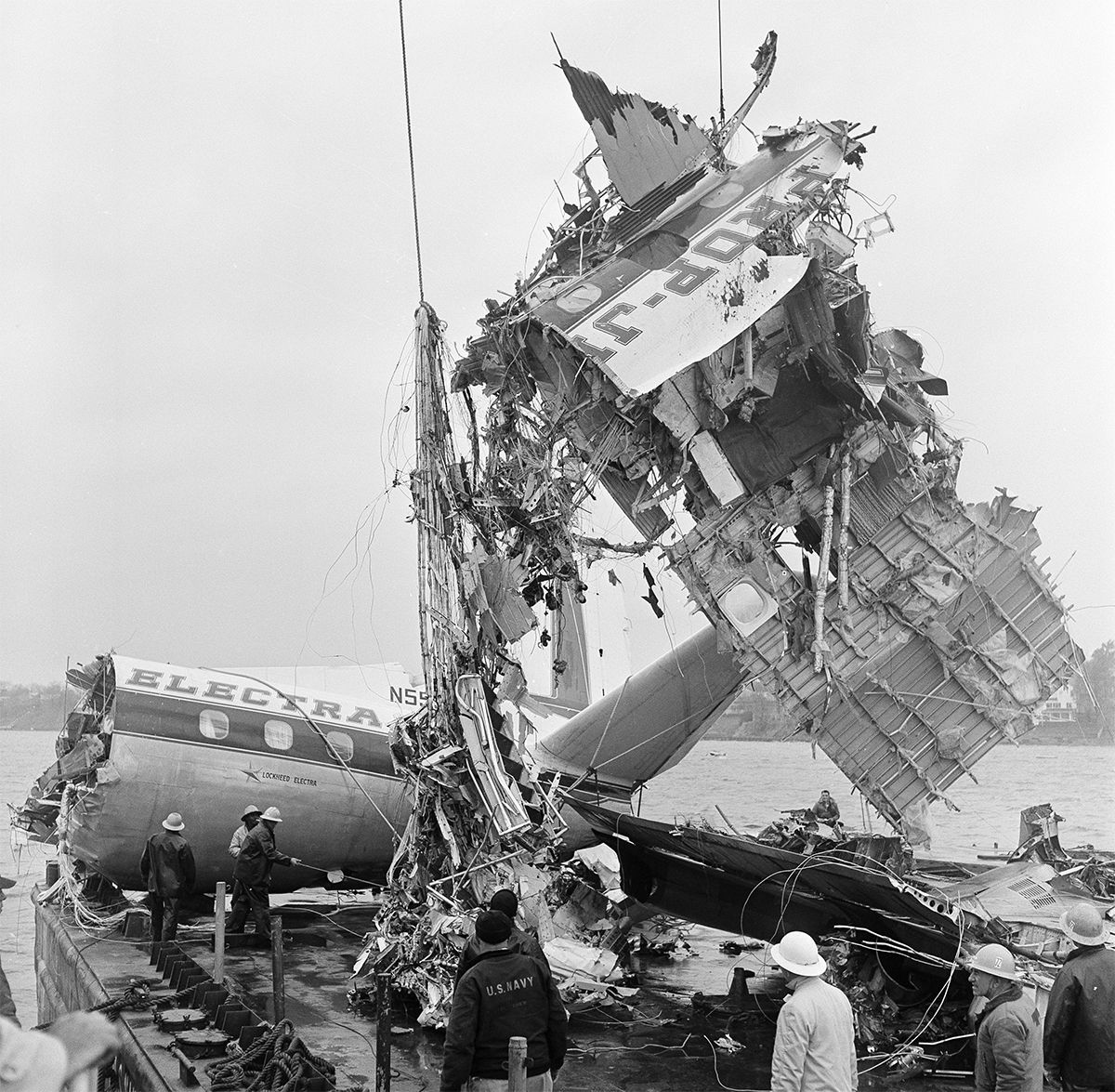According to data compiled by the US Fish and Wildlife Services, bird strikes cause annual damages amounting to approximately $900 million in the US alone. Bird strikes also played a part in Sri Lanka’s Mattala Rajapaksha International Airport being labeled as the “emptiest airport in the world”, as reported aviospace.org.
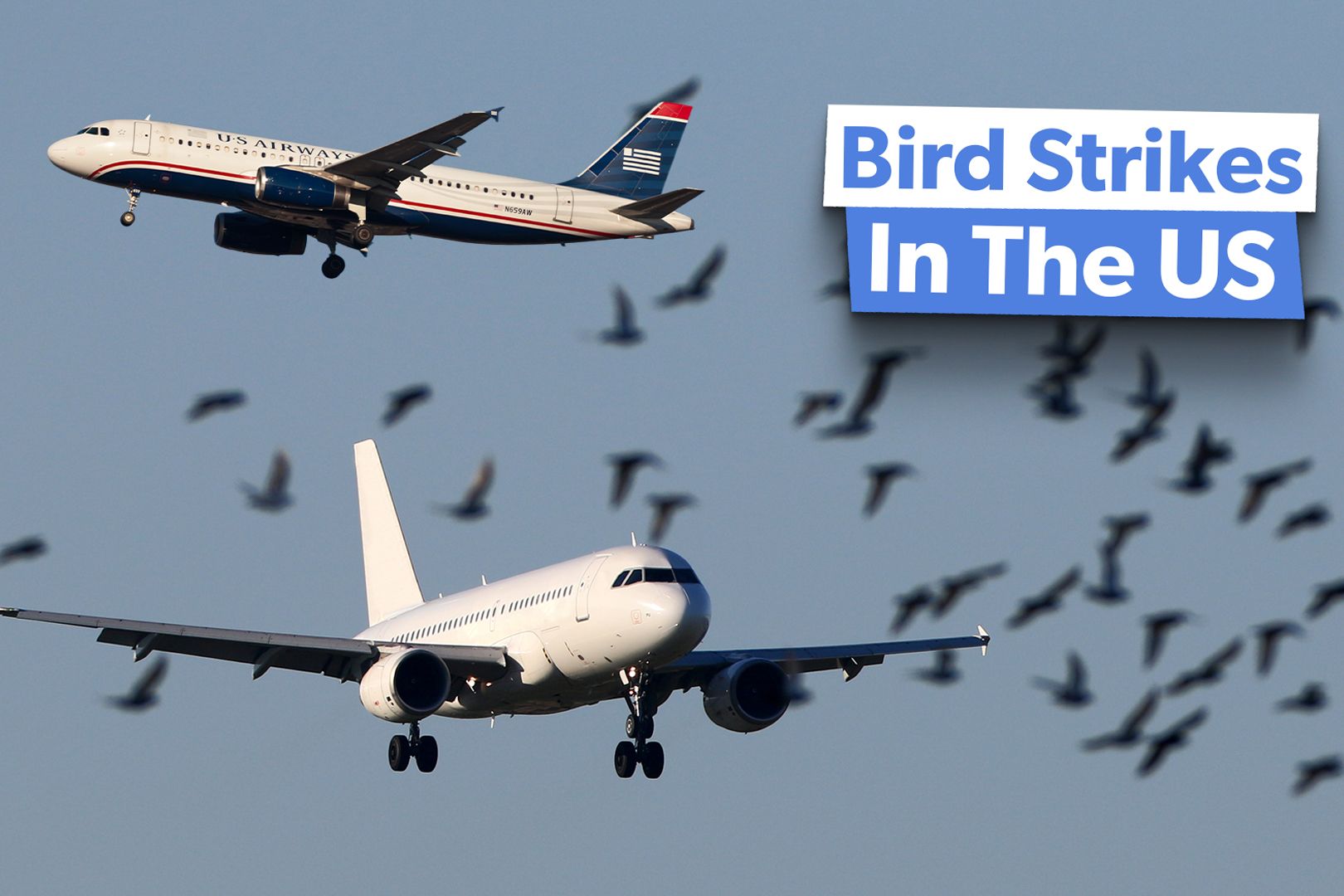
Related
How Common & Dangerous Are Bird Strikes In US Aviation?
A six-fold increase in instances of bird strikes have been reported.
According to the University of Nebraska Lincoln, Orville Wright recorded the first incident of a bird strike. Since then, thousands of aircraft have recorded incidents of bird strikes. Figures from the BBC show that there has been a rise in the number of bird strikes by a factor of six times. But which incidents involving bird strikes have been the most famous? Let’s find out.
1
US Airways
Crash landing on the Hudson River
|
Date |
January 15th, 2009 |
|---|---|
|
Aircraft involved |
Airbus A320 |
|
Casualties |
None |
As US Airways flight 1549 was headed from La Guardia, New York City to Charlotte, North Carolina, on January 15, 2009, less than 4.5 miles from the airport, the aircraft hit a flock of birds – Canadian geese. The aircraft, which was registered N106US, was powered by two General Electric CFM56 engines and hit the flock of birds when it was at an altitude of 3,000 feet.
The investigation found that the size of the bird strike had prevented the aircraft from re-starting the engines. It was reported that at least two birds had been ingested into each engine. Despite this, Captain Chesley “Sully” Sullenberger was able to land the aircraft in the Hudson River, and save the lives of all onboard. The incident is, therefore, referred to as the
Miracle on the Hudson
.
After the investigation, the airframe of the aircraft involved in the Miracle on the Hudson was put to auction. In June 2011, the American International Group (AIG) donated the airframe to the Carolinas Aviation Museum, which might be
renamed in honor of Captain Chesley Sullenberger
.
2
Air Ivory Coast
Striking a rare vulture in Africa at an unprecedented height
On November 29, 1973, an Air Ivory Coast flight operated between Abidjan, Côte d’Ivoire and Paris, France. As the flight was cruising at an altitude of around 37,000 ft over West Africa, the flight recorded a thud, which the pilots initially didn’t suspect was a bird strike, as birds don’t typically fly at such altitudes.
Forbes reported about the incident in the following way:
” Upon landing, the ground crew inspected the aircraft, particularly the right engine, which had sustained significant damage. Astonishingly, they found the remains of a bird lodged within the engine components. The altitude at which the strike occurred made the discovery even more perplexing. Experts quickly identified the bird as a Rüppell’s vulture, thanks to its distinctive plumage and size—both unmistakable even in the condition it was found.”
According to the Searchable Ornithological Research Archive (SORA), birds flying at such an altitude is a rarity (the altitude of 37,000 ft is around 8,000 ft higher than the altitude of the tallest mountain in the world – Mt Everest) as some of the highest altitudes where birds have been sighted include:
- Geese were recorded migrating at an altitude of 29,000 ft, over the Himalayas.
- Soaring Bearded Vultures (scientific name: Gypaetus barbatus) at over 24,000 ft
On 9 July 1962, a Mallard (scientific name: Anus platyrhynchos) struck an aircraft flying between Battle Mountain and Elko, Nevada, at 21,000 ft. This was the previous record altitude for a bird strike.
3
PHI Inc
A fatal helicopter crash
|
Date |
January 4, 2009 |
|---|---|
|
Aircraft involved |
Sikorsky S-76C++ |
|
Casualties |
8 |
A Sikorsky S-76C++ helicopter registered N748P and operated by Petroleum Helicopters International (PHC) crashed twelve miles from the Lake Palourde Base Heliport, LA, on January 4, 2009. The chopper was heading to the South Timbalier oil platform to transport workers.
Photo: Lockheed Martin
The crash took place seven minutes after takeoff as the helicopter lost its power suddenly and crashed into the marshy terrain, killing eight out of the nine people onboard. According to the Aviation Safety Network, samples collected from the windshield and canopy revealed the details of the bird strike:
” Laboratory analysis identified the remains as coming from a female red-tailed hawk; the females of that species have an average weight of 2.4 pounds…. the fractures at the top of the right section of the windshield and damage to the canopy in that area were consistent with a bird impacting the canopy just above the top edge of the windshield.”
Analysis also revealed that some of the other contributing factors for this crash included:
-
A lack of regulations regarding the resistance of helicopter windshields (to bird strikes) by the
Federal Aviation Administration(FAA).
- An absence of protection that could “prevent the T handles from inadvertently dislodging out of their detents”
- Absence of alert systems (such as an audible system or a master warning light) to warn the crew of low-rotor-speed.
4
Ethiopian Airlines
The engine ingested a flock of pigeons
|
Date |
September 15th, 1988 |
|---|---|
|
Aircraft involved |
Boeing 737-200 |
|
Casualties |
35 |
The aircraft that was involved in this crash was registered ET-AJA, delivered to the fleet of Ethiopian Airlines
on October 29, 1987. The flight was scheduled from Addis Ababa Bole International Airport
(ADD) to Asmara International Airport (ASM) in Eritrea via Bahar Dar Airport (BJR), Ethiopia.
The first leg of the journey, i.e., from ADD to BJR, proceeded as planned as the aircraft didn’t encounter any major problems. However, after takeoff from Bahir Dar at 09:50, the aircraft soon encountered a flock of birds. When the bird strikes took place, the aircraft was a mere 300 ft from the ground and was traveling at a speed of 146 knots.
In around half a minute after the bird strike, the aircraft’s speed had increased by eight knots and reached an altitude of 6,029 ft. It was
reported that the aircraft broke
apart after coming into contact with the ground, as the captain tried to perform a gear-up landing. Six crew members of the aircraft were unharmed during the accident. All in all, 35 of the 98 passengers were killed.
5
Eastern Airlines
The deadliest bird strike ever
|
Date |
October 4, 1960 |
|---|---|
|
Aircraft involved |
Lockheed L-188 Electra |
|
Casualties |
62 |
Eastern Airlines Flight 375
(registration N5533) took off from Boston Logan on October 4, 1960, only to be struck by birds and crash into Winthrop Bay. Out of the sixty-seven passengers and five crew, only ten survived. The pilot and the copilot were killed.
It took less than sixty seconds for the aircraft to take off and hit the water. The investigation by the Civil Aeronautics Board, the predecessor of the NTSB, revealed that “the key to the severity and probably to the occurrence of the accident lies in the unique and critical sequence of a rapidly occurring set of events.”
When the aircraft was around 120 feet in the air, starlings were sucked into the engines of the aircraft. Boston Magazine reported about the events that ensued:
“The propeller on engine 1 feathered, and the engine was immediately shut down by the flight crew. Engines 2 and 4 lost thrust momentarily before each recovered, but the damage had already been done. The loss of power in engines 2 and 4 caused the plane to slow and dip left. The wing dropped, the nose angled up, the plane spun, and it crashed almost vertically into Boston Harbor, broken into pieces. The whole disaster unfolded over a period of twenty seconds.”

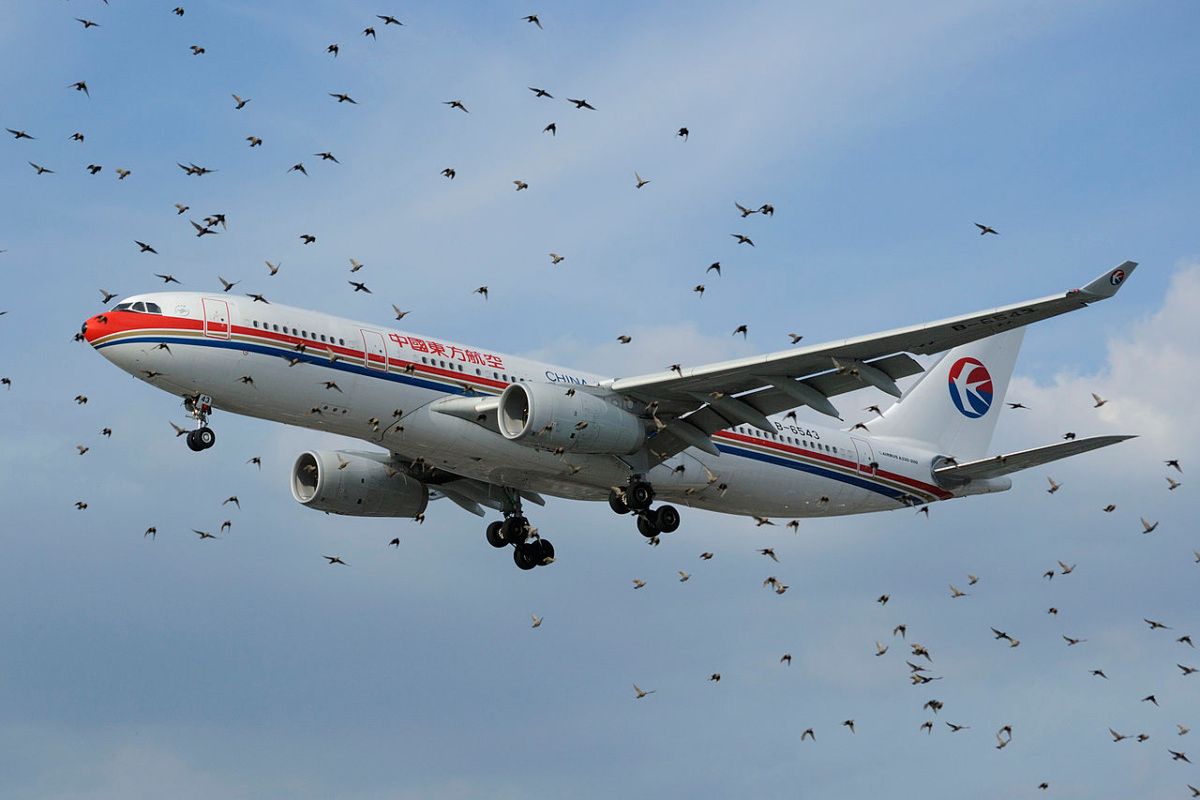
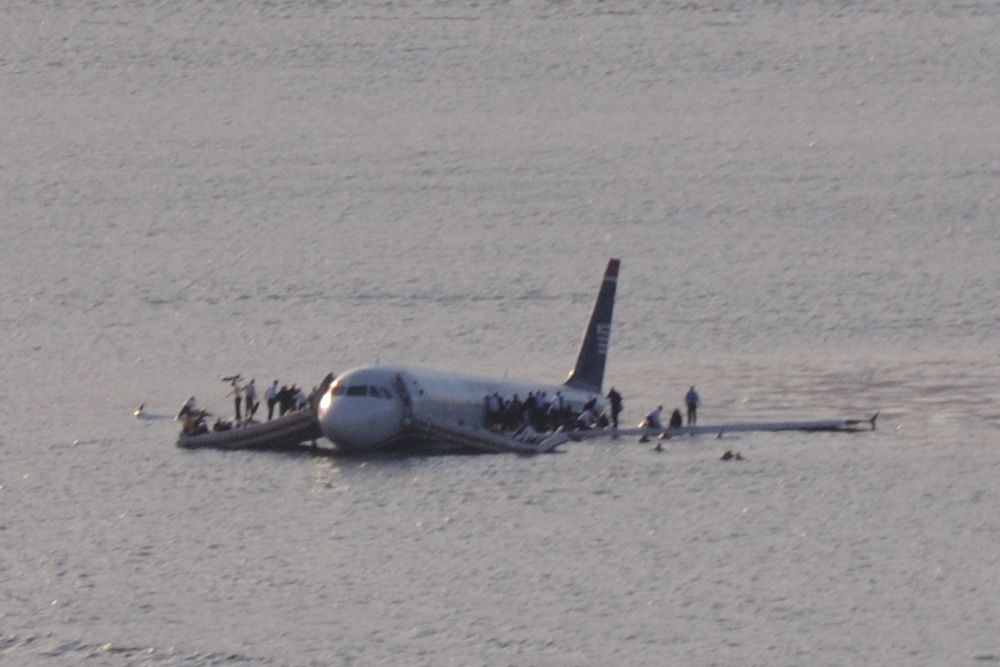
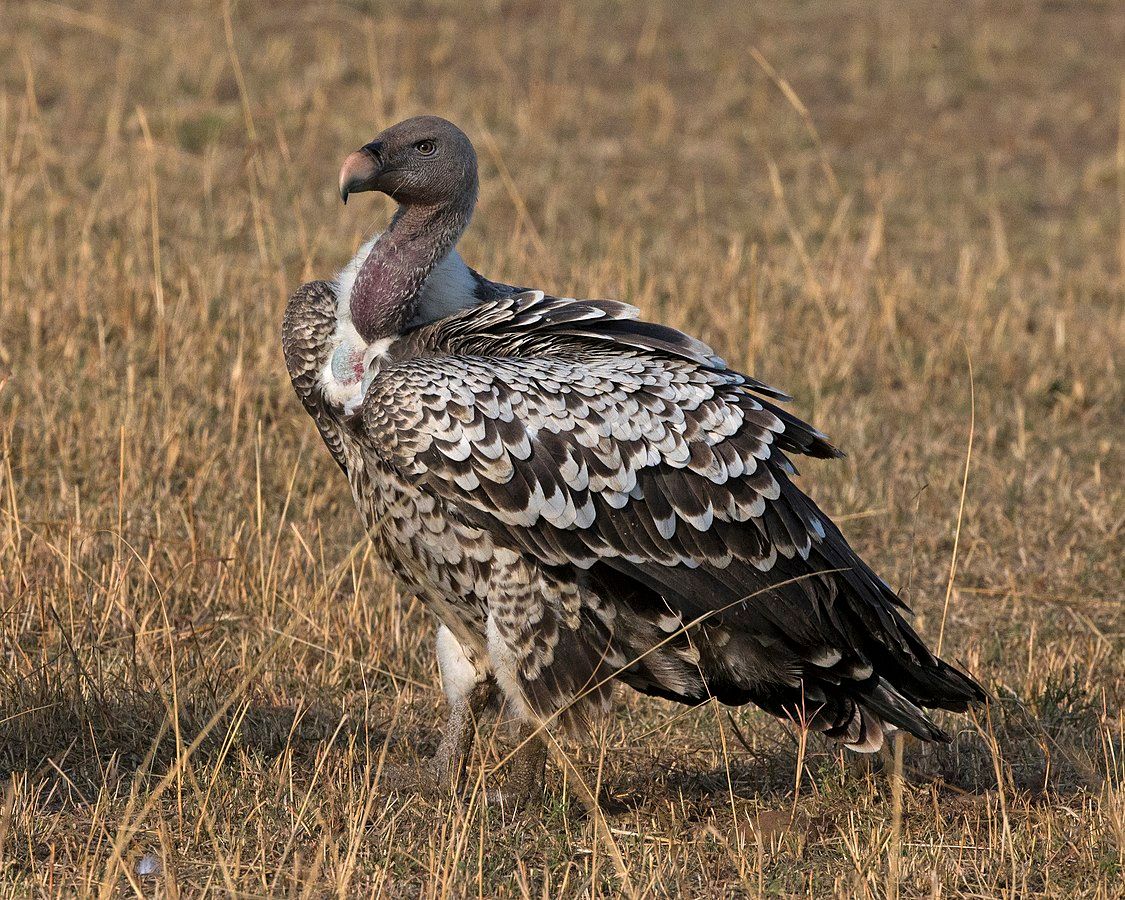
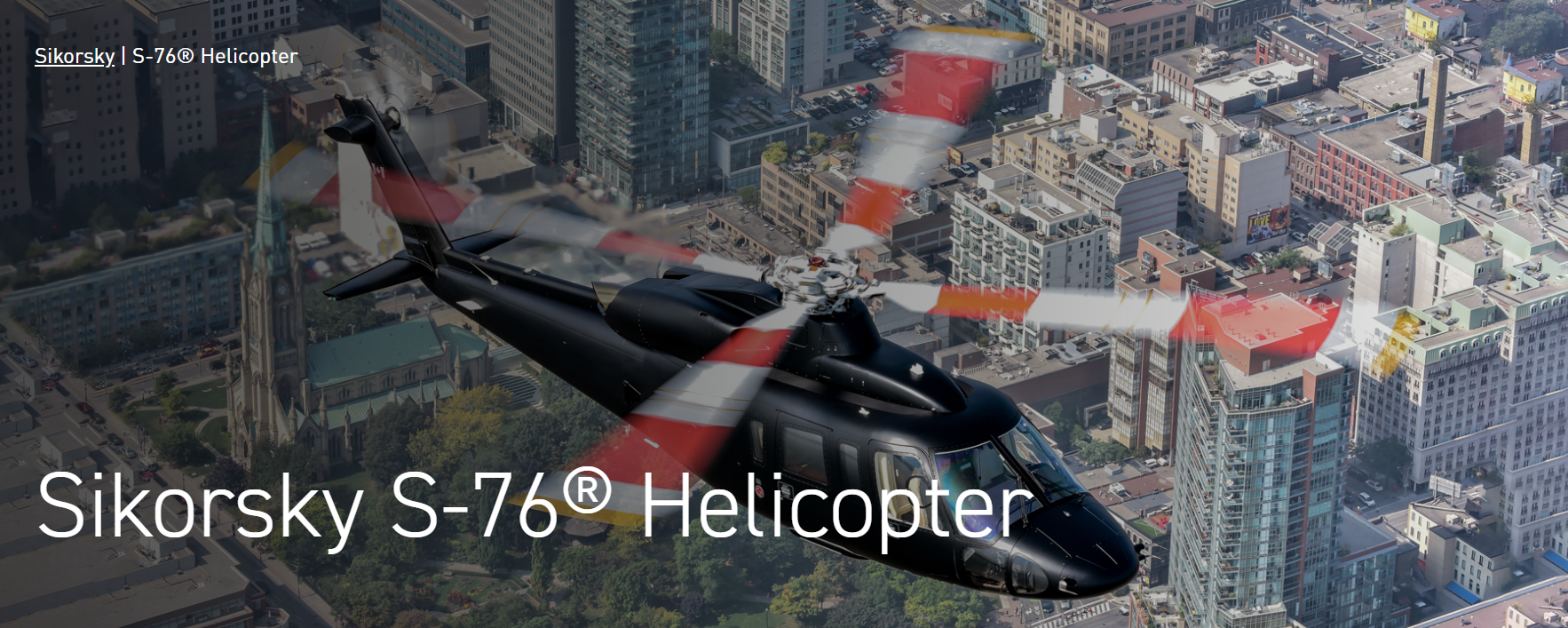
_(51607709638).jpg)
